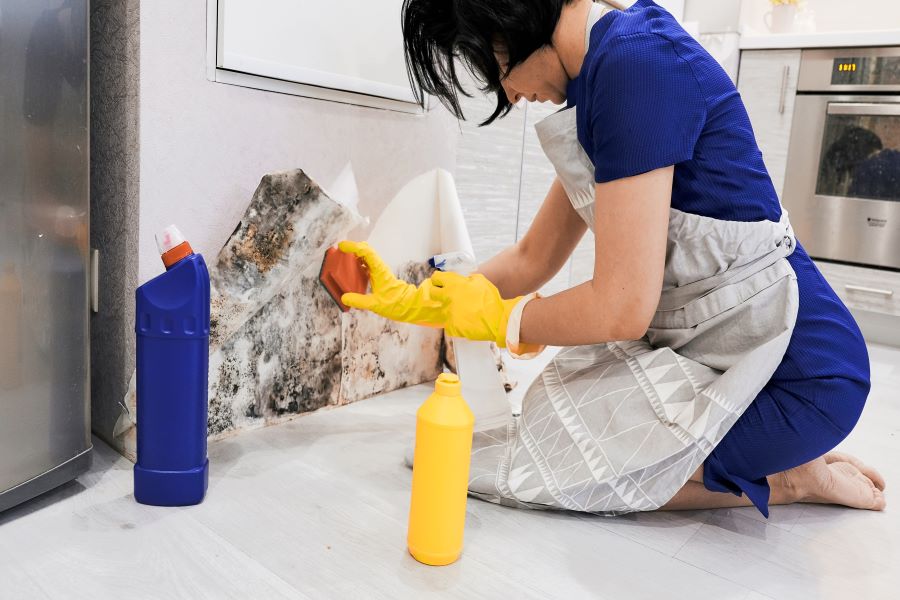Remodeling? Here’s how to Find and Remove Lead-based Paint in Your Home

When it comes to renovating a home, one of the most important tasks parents face is making sure the environment is safe for your child. This means be aware of the dangers of lead contamination during the remodel.
Lead can be found everywhere in your child’s environment. Children are exposed to lead in the air, dust, soil, and food. Toddlers are particularly at risk for lead poisoning, as everything they pick up ends up in their mouths. However, by far the most common way for your child to be exposed to lead comes in the form of lead-based paint.
According to the Centers for Disease Control and Prevention (CDC), approximately 74 percent of homes built before 1980 contain lead-based paint. Lead-based paint was widely used from the 1940s through the 1970s. In 1978, the Consumer Product Safety Commission banned the manufacture of lead-based paint for use in homes, toys, and furniture.
However, many older homes have chipped or flaking paint that contains lead. Window sills are particularly dangerous, as the paint gets scraped off with repetitive opening and closing of the window. Small dust particles containing lead are released into the home and into the soil surrounding the house. Young children can easily ingest the lead, both inside and outside the house as they have contact with contaminated surfaces and soil. This lead can build up to toxic level in their bodies over time, leading to serious cognitive and neurologic problems.
Before an older home is renovated, it should be tested by a reputable, licensed company for the presence of lead-based paint. If lead is discovered, it is imperative to hire a company experienced in lead-based paint removal to do the abatement and the renovations. Abatement, or the removal of lead in the home, falls into three categories:
- Replacement—all doors, window sills, baseboards, and other surfaces found to be contaminated with lead are removed from the home and replaced.
- Encapsulation—the painted surface is covered with a material that prevents the contaminated paint or dust from entering the environment.
- Paint removal—lead-based paint is removed by stripping, using heat, chemicals, or machines. This technique must involve meticulous clean-up, as lead dust will be released into the environment and soil.
Property owners and parents should never attempt to remove lead paint themselves, as this is a job best left to the experts to ensure it is done safely and properly.
Sources:
- American Academy of Pediatrics
- Lead Exposure and Lead Poisoning.
Centers for Disease Control and Prevention - Preventing Lead Poisoning in Young Children: Appendix II.
Powered by Bundoo®










